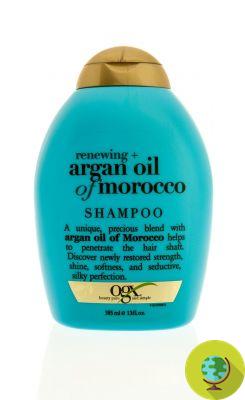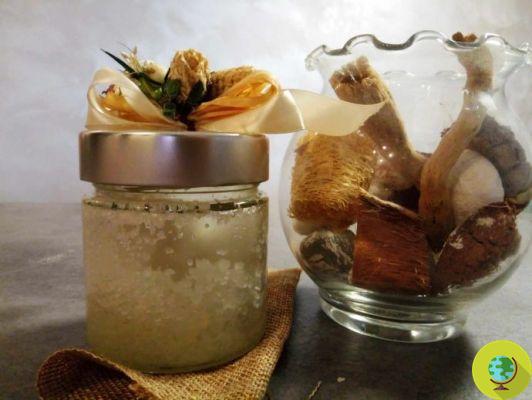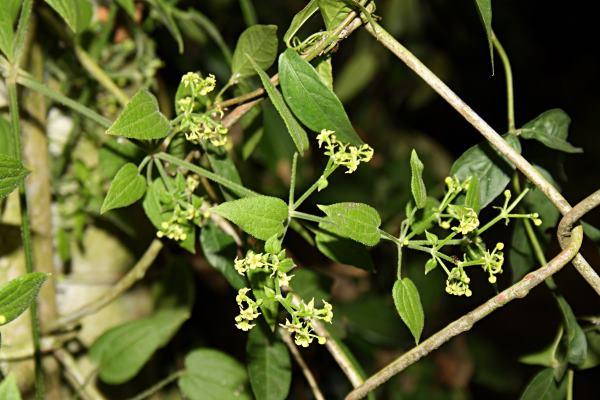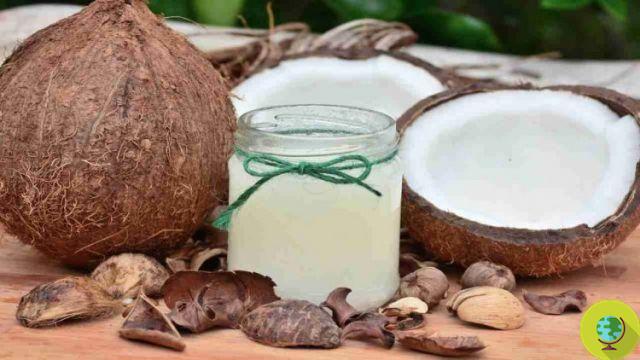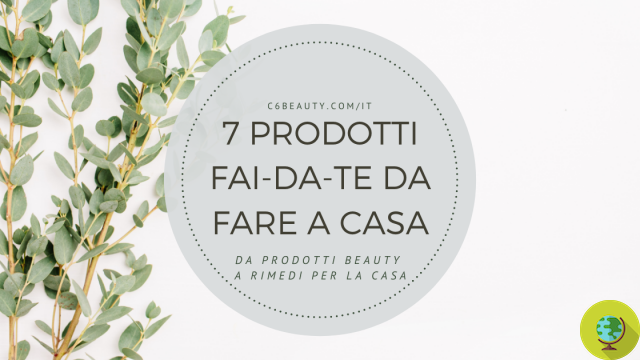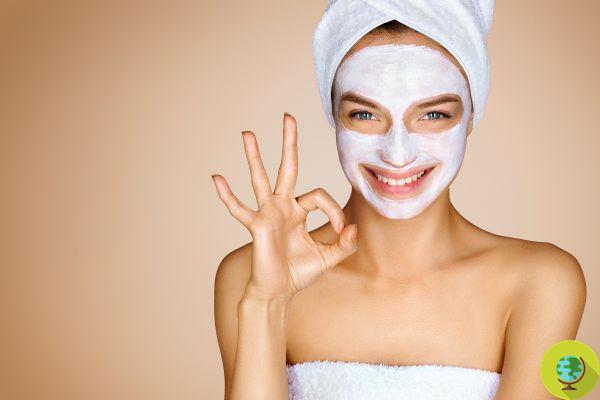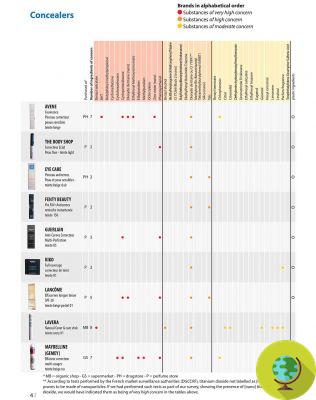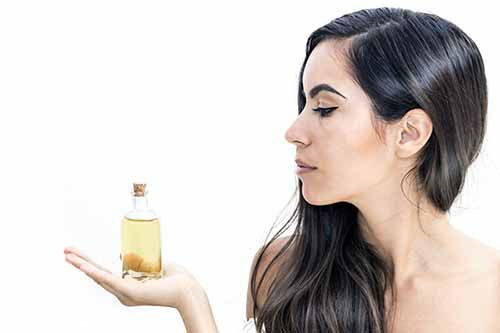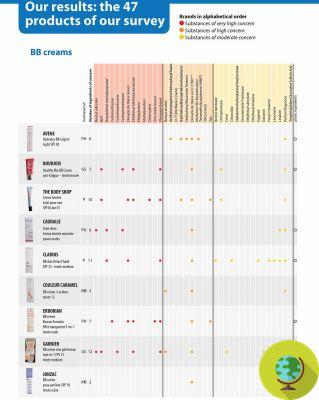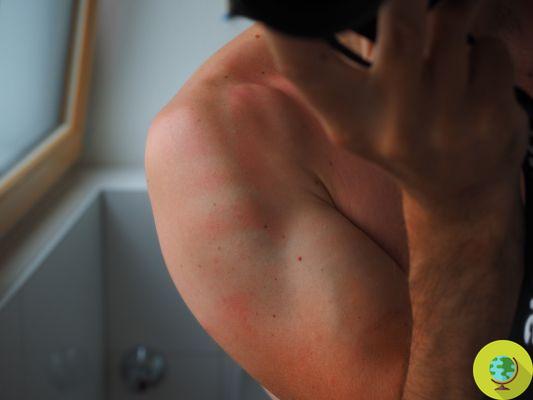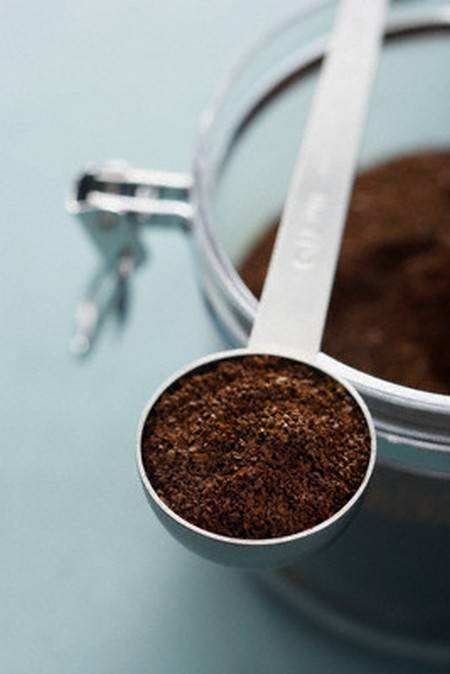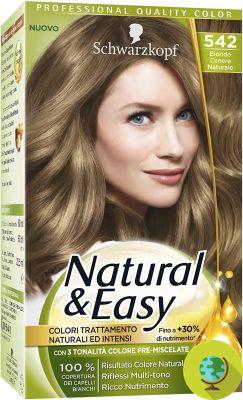Indigo is the natural dye obtained from the drying and crushing of the leaves of Indigofera Tinctoria, widespread above all in India. It is a plant whose dyeing power has been known since ancient times, having always found wide use in the coloring of textiles.
Don't store avocado like this: it's dangerousTHEindigo is the natural dye obtained from the drying and crushing of leaves of Indigofera Tinctoria, widespread mainly in India. It is a plant whose dyeing power has been known since ancient times, having always found wide use in textile coloring.
It seems that already around 2000 BC it was used for dye clothing by the populations of Egypt and Asia Minor.
Let's see together what its properties are if applied to the hair.
Index
Indigo, properties on the hair
• polishes
• volumizing
• disciplining
• anti-dandruff
• sebum-regulating
L'indigo darkens the hair, dyeing them with various shades of brown, up to real black with blue shades, while guaranteeing the gray hair coverage or gray. The dyeing action occurs on light or medium intensity brown hair.
READ also: HENNA: EVERYTHING YOU NEED TO KNOW TO DYE YOUR HAIR
On a very dark basis, on the other hand, indigo exercises a reflexing action more than dyeing, since natural dyes color tone-on-tone and are not able to lighten the hair. Starting from a black base, for example, you can never get a light brown, at least not with natural methods.
Indigo, characteristics
Often improperly called black henna, indigo, however, has very different characteristics from lawsonia. First of all it is not a type of henna, and above all indigo is not black, but blue. Always used in the coloring of fabrics, the indigo, precisely by virtue of its characteristic blue color, in more recent times has known vast use in denim dye.
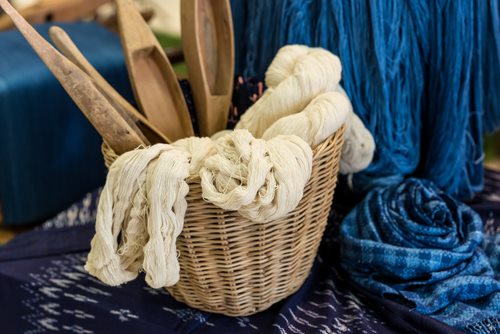
When applied to the hair, its poor color colors them a dark brown / black with cool bluish reflections, visible above all in the sun. In purity on white hair, however, it will color them blue. Absolutely to avoid pure indigo sui blond or bleached hair: be careful because you will get green hair!
Moreover, it is easy to understand these results if you think that, according to the theory of colors, adding blue to white produces a blue color, while when mixed with yellow, blue results in the color green. Therefore, to obtain the various shades of brown, from a light shade through an intense chocolate to dark brown, it is necessary to resort to a dyeing mixture in which henna is also present.
READ also: KATAM: THE 'BLACK HENNA' THAT NATURALLY DARKENS HAIR
Also, in its pure state, indigo tends to download a lot and come away in a few shampoos. For these reasons, it is possible to fully exploit the beneficial potential of this powder only by using it in combination with henna.
The lawsone and indigotine, or the molecules of respectively henna and indigo, they have different sizes. The lawsone is the only type of element able to bind to the keratin of the hair. Indigotine, instead, having larger dimensions, it cannot take root and fix itself on the hair shaft, therefore it needs the lawsone as a catalyst of the dyeing reaction.
Indigo, to cover gray hair
To cover gray hair it is advisable to use the double pass method: a first pass only with henna and then a second pass with absolute indigo or with a mix of henna and indigo.
The indigo in fact colors a lot and darkens the hair a lot. So, unless you want to have raven black hair, it should always be mixed with lawsonia, or preferably with lawsonia and cassia. The latter, in addition to the extraordinary restructuring properties on the hair, when used in a mixture with other herbs dilutes the dyeing power of the compound.
The presence of henna in the mixture, in addition to ensuring uniform coverage of white hair, is able to attenuate the cold hue of the indigo, dampening the bluish reflections and getting warmer browns or the mahogany.
In addition, indigo has substantially great dyeing power, but it certainly does not have all the beneficial properties of henna. Therefore, to have more full-bodied and healthy hair, the lawsonia is essential.
Indigo, how and when to use it
Obviously the final result will depend on the synergy of a series of factors: the base color, the porosity of the hair, i.e. its ability to absorb the dye, and the percentage quantity of the individual herbs in the batter.
Starting from one light shade, you can get a more intense brown, from a medium brown you will have a nice chocolate shade, and from a dark brown you can get to black. Purely as an indication, to obtain a light brown, always starting from a light base, a good blend should be composed of 60% cassia, 20% lawsonia and 20% indigo.
Un medium brown may require a mix of 30% cassia 30% lawsonia and 40% indigo. Instead, you will get a very dark color by applying a batter composed of 40% lawsonia, 50% indigo and 10% cassia. The percentage of lawsonia can also vary according to the percentage of white hair to be covered. But these are only general advice.
As already illustrated in previous articles, with natural dyes there are no exact predictions. Each person is different, each hair is different, and the color obtained will be different, unique for each of us, with original and at the same time very natural color shades.
The golden rule of all dyeing powders always applies: if you have doubts or fear unhappy outcomes, first try the baby food on a hidden lock, for example behind the neck.
Coverage of the White hair it can also be obtained without resorting to the double step, but by applying only a mix of henna, cassia and indigo on the hair, according to the general schemes illustrated above. However, unless you have extremely porous and color-retaining hair, the results will not be as satisfying and long-lasting.
READ also: WHITE HAIR: HOW TO COVER IT WITH NATURAL MAKEUP AND REMEDIES
Indigo, how to prepare it
Just like katam, the indigo prefers a basic environment. Therefore, it is advisable to add an alkaline substance such as bicarbonate to the hot water required for preparation, and a pinch of salt, which helps to fix the color.
In the case of a dyeing mixture with henne, cassia and indigo, the powders can be macerated simultaneously, dissolving them together in the same water, with or without the addition of bicarbonate, or separately.
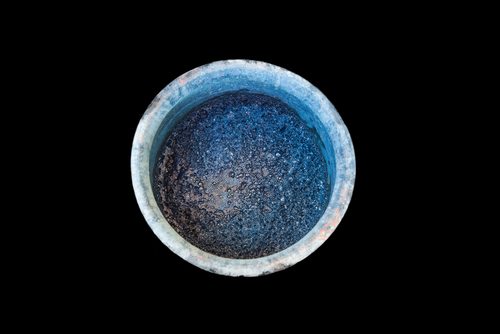
Separate maceration would be preferable: on the one hand henna (or henna and cassia) with only hot water; in another bowl the indigo dissolved in hot water and added with a pinch of salt and bicarbonate. After about ten minutes, the two compounds obtained, mixing them carefully until a homogeneous batter is formed.
But for the purpose of the intensity of the final color, the simultaneous maceration of the powders with only hot water is fine. The preparation in one way rather than the other will absolutely not diminish the dyeing capacity of the herbs, since both henna and indigo have a very high coloring power.
The important thing is to use hot water, but not hot and wait a few minutes for the dyeing pigment to be released. Acidic substances (as in the case of henna) or basic substances (as in the case of indigo), are able to slightly emphasize the nuances typical of that particular herb, but do not absolutely increase its dyeing power.
The indigo colors immediately, so after a short maceration of about ten minutes you can proceed directly to the application. Also in this case, the same recommendations made for all other dyeing herbs apply: apply to clean hair, avoid metal objects, wear gloves, cover the hair with a cap or transparent film to prevent the batter from drying out.
The indigo stops coloring after about two hours, so it would be useless to keep it longer on the hair. In any case, to have a nice darkening effect, one hour of exposure is still sufficient. If you need to cover gray hair, the processing times are extended up to 3/4 hours.
The indigo is a weed that unloads a lot, so it is very advisable to wash only with water. If we feel a slight dryness of the tips, we can apply a nut of balm.
Recommended, as always, the acid rinse, which has the very important function of closing the scales of the hair, fixing the color and leaving the hair shiny and silky. Just acidify the water from the last rinse with vinegar or lemon juice and the benefits will be immediate.
It is of fundamental importance to always check the purity of the dyeing powder to avoid unlikely colors or, worse, dermatitis or allergic reactions. To exclude the very remote but still possible possibility of an allergy to dye plants, a skin test should always be performed.
In the case of the indigo, the INCI of the package must only show the botanical name of the plant, specifically the wording 100% Indigofera Tinctoria. Pay particular attention to the PPD, acronym for Para-hayldiamine. PPD is a synthetic dye often added to indigo to enhance its darkening effect.
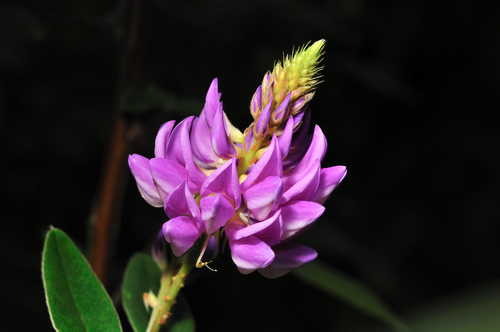
It is generally found in temporary tattoo packages sold at some ethnic shops, with the designation p-phenylenediamine. It can be very harmful, causing skin rashes, contact dermatitis or outright allergic reactions.
Indigo powder must be very fine, of the same consistency as talc and green in color. If it is brownish or darker, then it is not pure and almost certainly contains PPD. If in doubt, don't buy it. And if you still have doubts, despite the fact that the Inci did not mention this substance or other additives, first do a test on the skin of the forearm.
Choosing the dyeing herbs means orienting one's behaviors and habits clearly in favor of well-being and the health of our hair. The use of dyeing herbs however it requires patience, time and dedication and is certainly not suitable for those who want quick or even immediate results.
If carried out consciously, the choice of natural colors by far wins the comparison with chemical dyes, especially in the long run. More precisely, especially in the long run, between the two options there is really no comparison in terms of health and beauty of the hair. If you have patience, perseverance and desire to experiment, you will be rewarded in a way that exceeds your best expectations.
Angela Petrella




